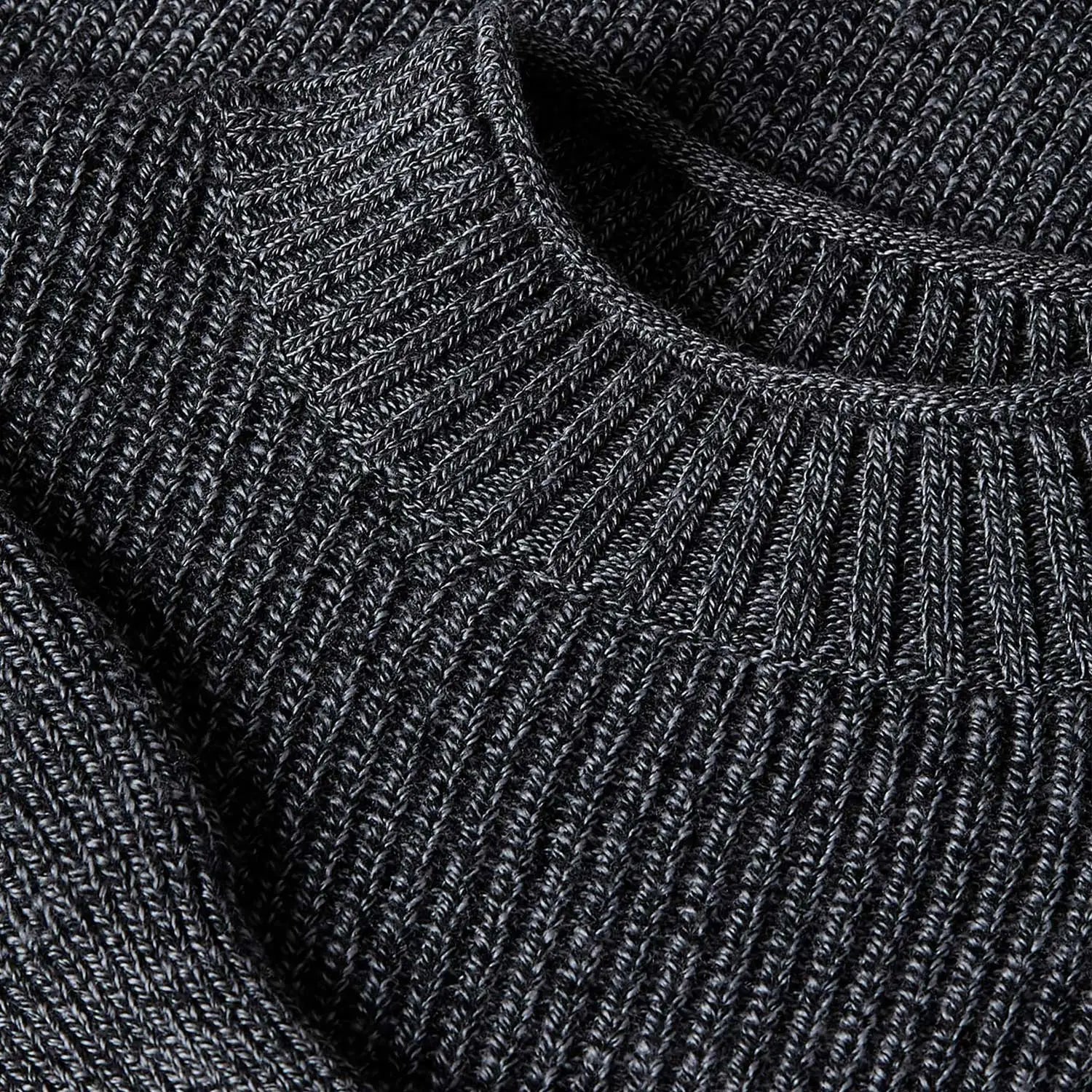Raise the Bar: Strategies That Elevate Your Business Casual Outfits
Business casual. Isn't that an oxymoron? Most of us can agree that business casual outfits for men mean no full suit and no jeans.
But you have countless directions to go from there. That can be paralyzing. So, most people keep it safe: khaki chinos, black shoes, and a navy crewneck sweater over a dress shirt. It's not bad.
But imagine walking into a meeting room and four others are wearing the same outfit. Sure, you feel like you belong. But you can also feel interchangeable.
It doesn't have to be that way. Keep reading so you can elevate your everyday business casual outfits and raise the bar at your office.
It's not as hard as it sounds. Come on, we'll show you.
Look after the details on your sport coat or blazer.

A lot of people believe that business casual simply means "no suit." But the "no suit" rule throws people for a loop. Because "no suit" doesn't mean no blazer or sports coat.
Prioritize fit, and avoid loud colours and patterns. Stick to subtle patterns like herringbone, houndstooth, or pencil stripes. Pick a blazer or sport coat with interesting details. Look out for metal or wood buttons. They add a subtle but distinct element to business casual outfits.
Focus on fit and keep it simple with your trousers.
A sport coat or blazer with non-matching trousers make for classic business casual outfits. A pair of solid navy, grey, or charcoal dress pants are ideal. Khaki chinos work too. As long as you use a blazer to elevate their casual nature.
Instead of adding visual interest with pleats that add girth around your hips, wear flat-front trousers, and visit the tailor to elevate your business casual look with trousers that perfectly fit your body.
Find out more about how your trousers should fit here: Trousers Every Man Should Own (And how they should fit).
The sport coat or blazer and non-matching trousers form the foundation for your business casual outfits. But from there, you can add elements that reflect your personal style.
Business casual outfits that feature Oxford shirts with subtle patterns.
An Oxford shirt made of premium cotton is a must-own for any modern gentleman. You should absolutely have one in classic white. But thin pinstripes or subtle windowpane add an extra dimension to your overall look.
We love the Oxford shirt because you can wear it with the top button undone or a necktie. That's right. Business casual outfits can include a tie.
No suit, doesn't mean no tie.
A tie is optional, but it's a great way to elevate business casual outfits. Go with a versatile navy grenadine tie that will go with just about any shirt you own. Or, if you want to increase your outfit's visual appeal, get a patterned grenadine tie that complements your outfit.
Even if you don't wear it, keep a tie in your desk drawer (ideally, in an Aklasu canister) in case you get a last-minute meeting with a client you need to impress.
Test the waters with a polo under your blazer.
Every office interprets business casual differently. In some offices, you can wear a t-shirt under a blazer. Just keep it plain and make sure it's made of high-quality materials.
But for a dressier look, try a knit polo. The polo's collar nudges you over to more elevated casual territory while keeping up an effortless vibe for the office.
Create layers with high-quality knitwear.

Just as you can deviate from a dress shirt with a polo, you have options other than a sport coat or blazer. A merino crewneck or a turtleneck sweater looks great underneath a blazer, especially during cooler days.
You can also wear a cardigan or a v-neck sweater layered over a dress shirt and finished with a tie for an elevated business casual look that's clean, tight, and sophisticated.
Experiment with layering colours, patterns and textures.
Layering is a great way to elevate your business casual outfits for the office. But you have to be smart about it. Don't just throw on a dress shirt, a tie and a sweater, and expect it to work.
By all means, experiment with different combinations, but make things easy on yourself by filling your wardrobe with neutral colours, and subtle textures and patterns.
And always keep in mind: less is more. Please don't overdo it with colours and patterns. When you look at yourself in the mirror and find your eyes darting from one element to the next, you've overdone it.
Wait, what about shoes?

Like wearing polos or dress shirts, shoes require you to read the room. Business casual can mean different things to different office cultures. White or brown leather sneakers look great with khaki chinos, but they may be too casual for some workplaces.
With shoes, it's better to stay safe. But safe doesn't mean boring.
You can change it up from dressier oxford and derby shoes and wear monk straps or loafers. Chelsea boots work well with dress pants and create an elevated business casual look for your office.
Oh, and don't forget to keep them clean. You instantly undermine your sophisticated style when you walk into a room with dirty, unpolished shoes.
Nailing your business casual outfits for the office can be like walking a tightrope. And some days, you'll miss a step. But you learn and get better as you go. That's how you master timeless style and stand out in the office whether you're an accountant or an executive.
Experiment and take calculated risks. Pay attention to the details that others ignore. That's how you differentiate your style from the guy next to you.
Now that you’ve nailed your business casual attire, how about elevating your casual wear? Take a look at Elevating Your Casual Wear: Take a Step Up from T-Shirt and Jeans.













